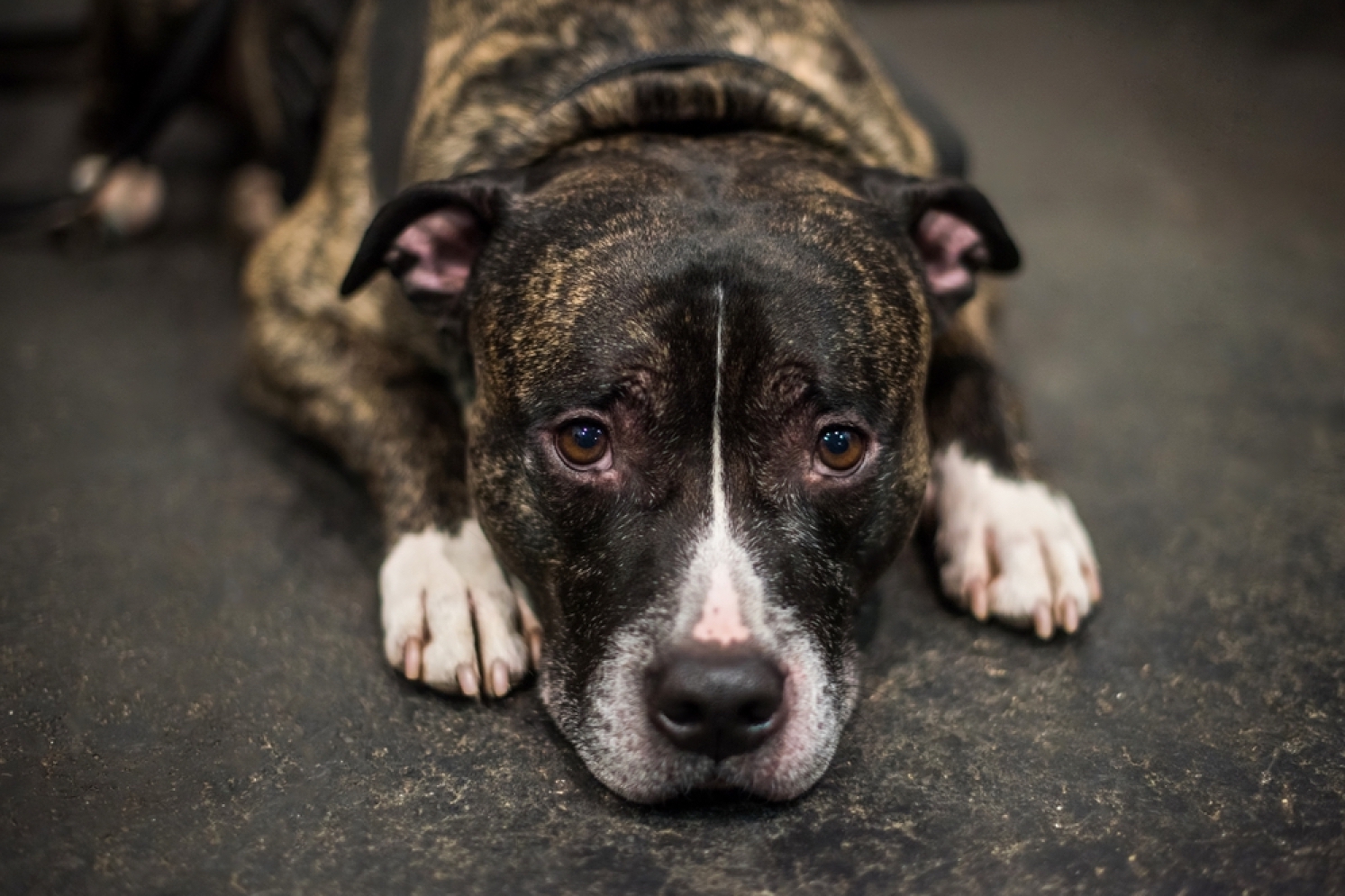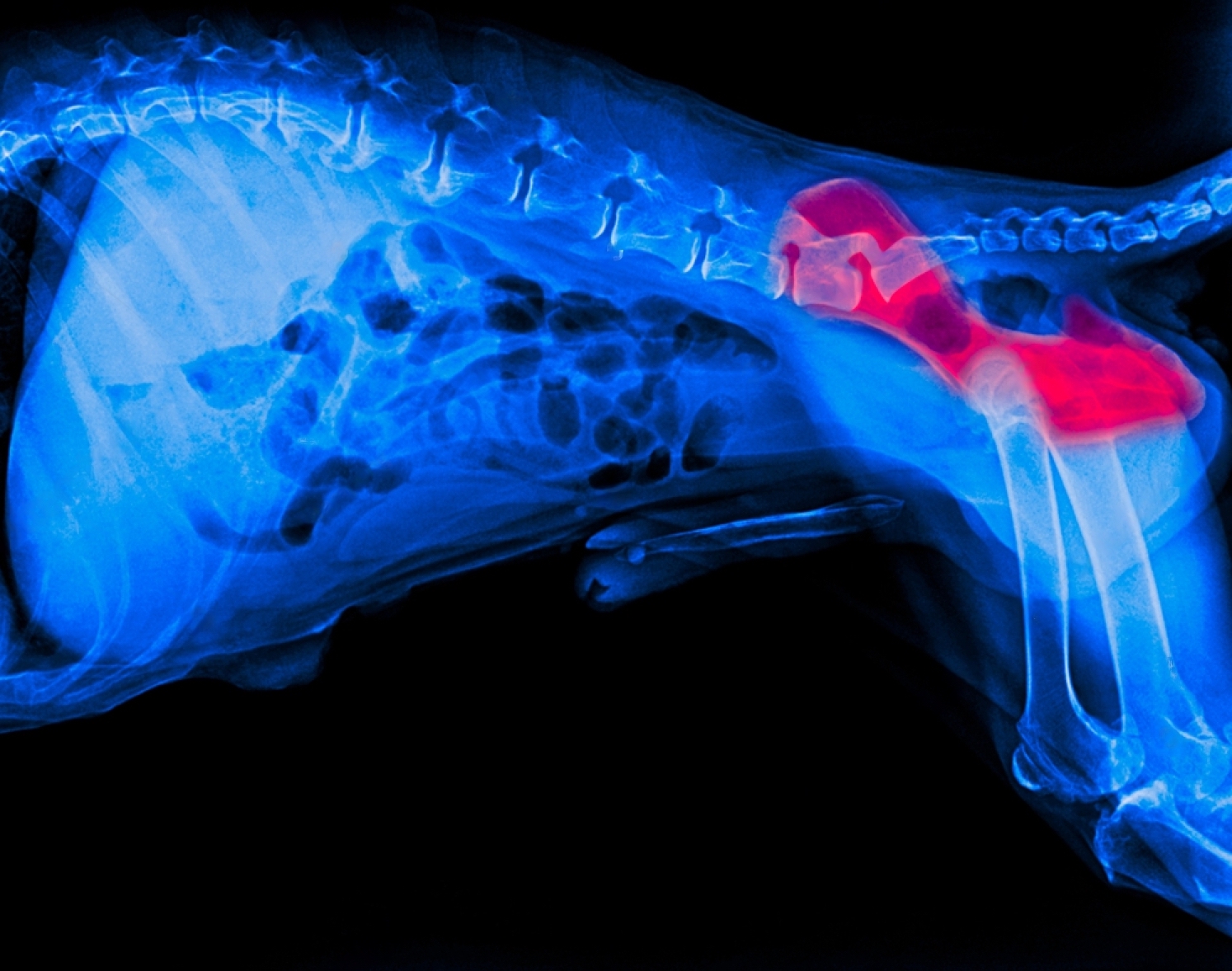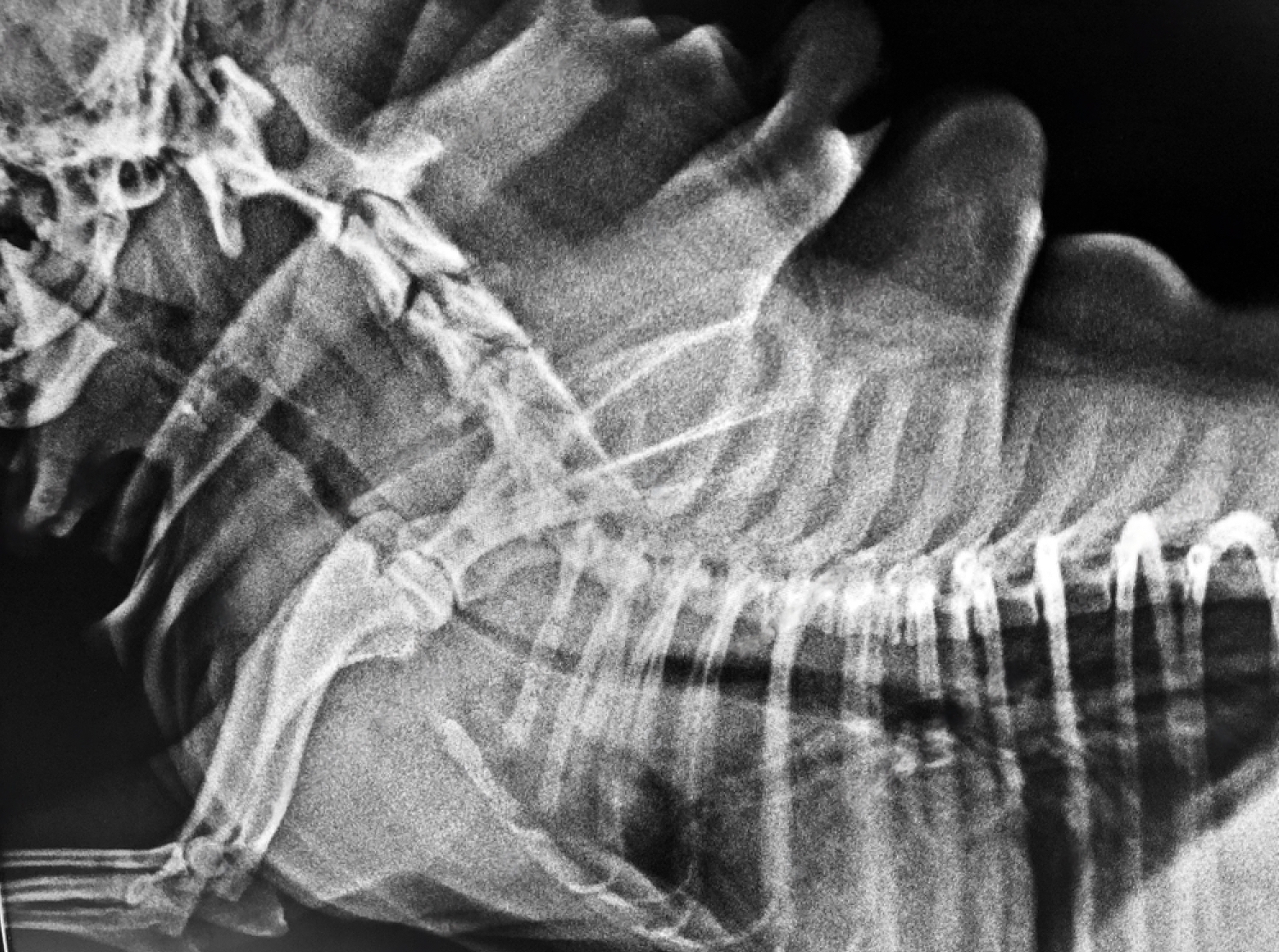Prevention of Bone Disease in Dogs

Unfortunately, bone diseases in dogs are not uncommon. These diseases are often accompanied by severe pain. How to recognize that your dog is sick, how to take precautions, and what treatments exist for BG, arthritis, and intervertebral disc problems, you can learn in this article.
Watch your dog
There is hardly a dog that has never suffered from a musculoskeletal disorder. Particularly as pets age, bone disease becomes more and more likely to occur. That’s why it’s even more important to keep an eye on your beloved four-legged friend, especially at an advanced age. After all, some signs of cartilage deterioration are not always obvious. In order to get help quickly and therapy started in time, you should keep a close eye on your dog.
Osteoarthritis in dogs
Osteoarthritis is one of the degenerative bone diseases in dogs. This means that individual body parts become increasingly limited in their function over the course of the disease (degeneration = regression). If your dog suffers from osteoarthritis, his joints become deformed over a long period of time: the cartilage wears away quickly, often the joint capsule also shrinks. The joints no longer properly adhere to each other, and the bones rub against each other, causing pain on the slightest movement.
Unhealthy stress can even cause bone-like growths. This can often be recognized by thickened knees, elbows, shoulders, spine and hips. A distinct crackling sound on movement can also indicate thickened joints. Any movement becomes painful for your dog. If left untreated, arthritis can lead to ossification of the joints.
Causes of arthritis in dogs
The most common cause of osteoarthritis is wear and tear on the joints. Most patients are older dogs.. But unhealthy strain as a result of improperly healed bone fractures or an injured cruciate ligament can also contribute to osteoarthritis in dogs. Immunity and genetics are also worth considering.

So if your dog is limping, no longer climbs stairs with ease, or already struggles to stand up, you should consult your veterinarian. X-rays and a clinical exam will allow you to make a reliable diagnosis and prescribe the right treatment.
Hip dysplasia in dogs
Although osteoarthritis can affect the whole body, the symptoms of hip dysplasia (HD) are concentrated in the area between your dog’s pelvis and hips. Hip dysplasia occurs when the socket is not deep enough and the femoral head (which is often too small) is not properly supported.

The joints have an unhealthy hue and painful bone deformities occur. This means that in older animals, for example, improper pelvic positioning can also lead to osteoarthritis. If puppies or young dogs already suffer from symptoms of HD, the condition is often congenital or hereditary.
With rapid growth or rapid weight gain, bone disease is also possible. However, contrary to popular belief, not only large breeds suffer from hip dysplasia, but also small dogs and sometimes even cats (e.g. Maine Coon).
How to recognize hip dysplasia in the early stages of development?
Because of the pain, your dog’s freedom of movement is naturally limited. If you notice that your pet is experiencing pain at a young age, it’s time to take action. What to look out for:
- Plays little.
- Tires quickly
- There’s a lot of lying around.
Already between the fourth and sixth month, the hips of affected animals differ in stability from healthy peers. But the final diagnosis must be made by a veterinarian.
Intervertebral disc herniation in dogs
Herniated discs (prolapsed discs) in dogs are not uncommon either. After all, sometimes all it takes is one sudden movement and any further activity becomes torture. So if your dog won’t let you pat him on the back anymore or suddenly refuses to climb stairs on his own, he may have recently suffered a protruded disc.

In principle, all dogs can suffer from this disease, but so-called “chondrodystrophic” breeds suffer from back problems particularly often. In other words, these are animals for which breeding standards prescribe a long back, short legs and a relatively large head. These include, for example, Dachshunds, Pekingese, Cocker Spaniels, and French Bulldogs. Therefore, the pathological consequences of a slipped disc in dogs are also called “dachshund palsy”.
What is a disc protrusion?
A dog’s spine consists of about 30 intervertebral discs. Ideally, they absorb shock and make the animal truly mobile. The intervertebral discs consist of:
- of the fibrous cartilage ring;
- of the gelatinous core.
If the ring is already porous, all it takes is one clumsy movement – for example, during jogging and jumping – and the gelatinous mass bulges out (protrusion) or even comes out completely (extrusion).
It usually results in painful swelling in the back, circulatory problems, inflammation or paralysis of the front and even the back legs. If the disc tissue presses on the nerves controlling the bladder or sphincter, the prolapse may also manifest as incontinence.
Causes of protrusion: Wear and improper loading
Like osteoarthritis, for example, a slipped disc can also be a sign of wear and tear in older dogs. Excess weight also contributes to this process. In addition, short-legged and long-haired breeds often suffer from it even before reaching old age.
Treatment of bone diseases in dogs
A slipped disc can paralyze a dog for life. In the worst case, when the surrounding nerves are so badly damaged that the dog can no longer empty his bowels and bladder on his own, the only last step is to put him to sleep.
Therefore, you should take your dog to the veterinarian at the first suspicion of bone disease. In addition to osteoarthritis, hip dysplasia or a slipped disc, a vertebral fracture, inflammation (such as panoptitis) or tumor can also cause pain.
During the exam, the veterinarian will palpate your dog in the affected areas or examine the musculoskeletal system and then take an x-ray. If necessary, a CT scan or spinal cord examination with a contrast agent may be necessary.
Medications and physical therapy
Unfortunately, hip dysplasia and osteoarthritis in dogs cannot be cured. However, if the suspicion of these diseases is confirmed, there are a number of measures that can be taken to relieve the dog of at least some of the symptoms. The most common of these is, of course, drug therapy.
If your dog’s movements are not restricted and bladder and bowel functions are intact, medication may be sufficient to relieve the symptoms of a disc protrusion. If your dog’s disc is already bulging or severely worn, special exercises with a physical therapist may prevent further ossification.
Heat therapy
Physiotherapists rely in particular on ultrasound to treat arthritis in humans: the sensor is passed over the painful area in circular motions for several minutes. Tissues are gently moved, and heat penetrates the body. Muscles and joints relax, and the pain subsides.
Warmth in any form is very helpful in treating bone ailments in dogs. Warm mats or blankets on the floor provide pain relief. Electric blankets as dog bed. are also possible, but they can easily overheat and catch fire. They need to be monitored.
Therefore, your dog should never lie unattended on an electric blanket. A red light lamp may help in some cases, such as severe pain in the hip joint. The dog should not be left alone with the lamp because of the risk of fire.
As long as the dog feels comfortable, he can lie in front of the warm lamp at a distance of about one meter. If the dog gets too warm, he will get up on his own. A dog coat is also very useful for dogs with bone ailments and joint problems: it protects damaged bones from the cold and damp. Swimming in warm water also relieves stress on the joints.
Surgery as an alternative?
If all previous treatments have no effect (more) or the symptoms worsen, surgical intervention by a specialized veterinarian may be the last resort. Osteoarthritis and HD can partially be treated with artificial joints. If your dog is already paralyzed or suffers incontinence due to a slipped disc, parts of the discs that press on the affected nerves are mechanically removed during surgery.
However, this procedure means that the dog will be in pain for several months afterwards and may even have to learn to walk again. Since the consequences of this surgery can be long and painful for your pet, you should not take this step lightly.
How do you prevent bone disease?
Since bone diseases in dogs are often caused by wear and tear, they cannot be one hundred percent prevented. However, there are some measures that can reduce the likelihood of symptoms: Every extra pound in a dog puts strain on the joints, especially with infrequent but vigorous exercise. Consequently, a proper and healthy diet plan can already prevent bone disease.
Since muscles play an important role in maintaining the skeleton, regular exercise (in moderation) with your dog is essential. Long walks are sometimes more sensible than vigorous exercise for dogs. Dog sports (agility, jogging, disc-dogging). Especially if your dog is at risk for disc slippage, he should not put too much strain on his spine. So avoid frequent stair climbing or jumping with your dog. Also chest harness Can also relieve pressure on your dog’s cervical spine.




